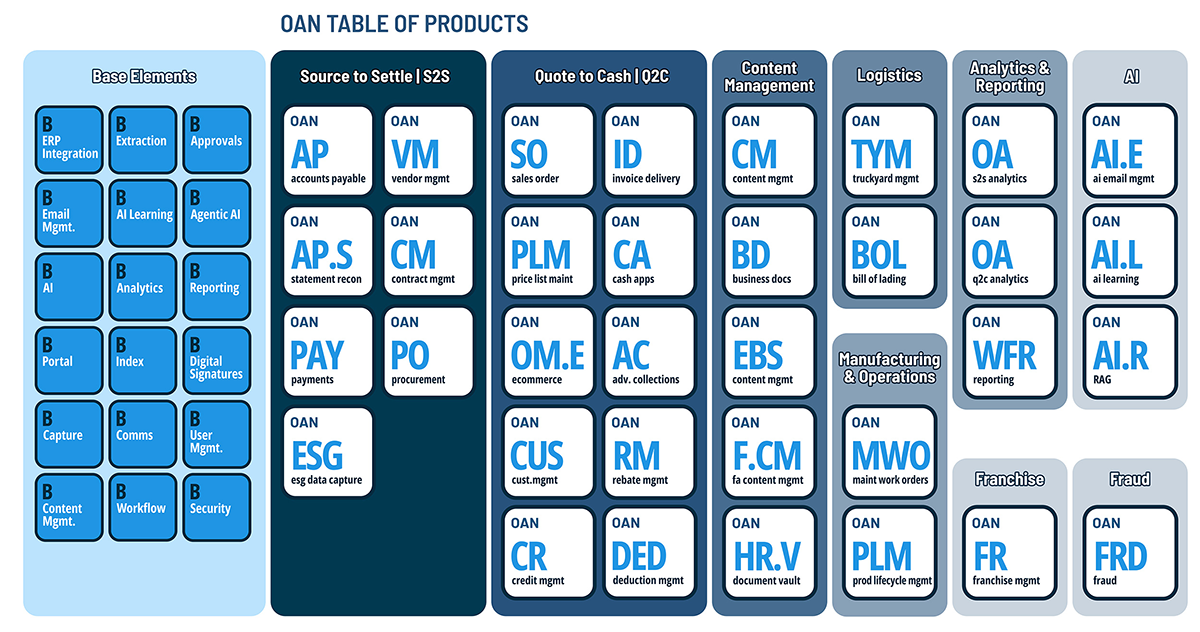As enterprises scale, their reliance on third-party vendors also increases. These partnerships bring flexibility and cost savings—but they also introduce risk. In today’s regulatory landscape, vendor oversight is no longer just a procurement issue; it has become a critical concern. It’s a crucial component of financial governance, and increasingly, a responsibility falling squarely on the shoulders of the CFO.
From cybersecurity threats to ESG violations and supply chain disruptions, vendor risk management is now a key frontier for compliance, resilience, and performance. CFOs must understand not only who they’re paying—but also how much risk those vendors carry.
The Expanding Role of the CFO
Modern finance leaders are expected to serve as both fiscal stewards and strategic business leaders. In this dual capacity, CFOs are uniquely positioned to integrate vendor risk considerations into broader financial operations.
Key responsibilities now include:
- Oversight of third-party compliance with data privacy laws, ESG commitments, anti-bribery regulations, and labor standards
- Assessment of vendor financial health, ensuring partners are solvent, sustainable, and operationally secure
- Integration of vendor data into enterprise risk dashboards and finance-driven reporting
The financial exposure associated with a single high-risk vendor can be substantial. Regulatory penalties, reputational damage, and operational downtime all have direct balance sheet implications. CFOs can no longer afford to remain on the sidelines of vendor risk.
Why Vendor Risk Management Can’t Be Siloed
Traditional approaches to vendor vetting and monitoring—typically owned by procurement or legal—are no longer sufficient. These departments often evaluate vendors at onboarding, but lack ongoing visibility into financial, cyber, and compliance risk.
Finance teams, by contrast, already manage payment approvals, contract value, and spend performance. That makes them a natural home for cross-functional vendor risk data—especially when it’s tied to:
- Critical suppliers or services whose disruption would affect revenue or compliance
- Significant or recurring payments that expose the organization to financial loss
- Vendors handling sensitive data, infrastructure, or regulated operations
Embedding vendor risk into AP workflows, supplier portals, and payment systems enables CFOs to identify and address potential issues before they become liabilities.
Common Vendor Risks CFOs Must Address
Vendor risk can manifest in various forms, each with financial and operational consequences:
- Cybersecurity and Data Privacy
Vendors with access to sensitive financial systems, customer data, or infrastructure represent a growing security concern. A breach—whether through a payroll processor or invoice portal—can trigger compliance investigations, lawsuits, and customer churn. - Regulatory Noncompliance
Global supply chains expose companies to anti-corruption laws, sanctions violations, environmental infractions, and labor abuses. Failure to vet and monitor vendors for regulatory alignment can result in multi-million-dollar penalties and public backlash. - Financial Instability
A financially fragile vendor may fail to deliver services or go bankrupt during the contract, leaving the business vulnerable to financial instability. CFOs must evaluate supplier solvency just as rigorously as credit risk within receivables. - Operational Dependence
Concentration risk—relying too heavily on a single vendor or geography—can lead to significant disruptions if something goes wrong. CFOs should assess risk-adjusted value across their vendor portfolio. - ESG Misalignment
Vendors that fail to meet environmental, social, or governance standards may introduce reputational risk or conflict with investor expectations. As ESG becomes a reporting imperative, supplier ethics are a growing concern for CFOs.
The Technology Imperative: Automating Risk Oversight
Manual vendor audits and static spreadsheets can’t keep pace with today’s risk environment. Progressive CFOs are turning to finance automation tools that integrate real-time vendor risk signals into their broader operations.
Capabilities include:
- Automated risk scoring at vendor onboarding and throughout the lifecycle
- Integration with third-party data providers for financial, ESG, and compliance insights
- Real-time alerts for changes in vendor status, such as credit downgrades or sanction list inclusion
- Workflow automation to hold or escalate high-risk payments before approval
By embedding vendor risk flags into payment systems, supplier portals, and contract workflows, finance leaders ensure risk oversight is continuous—not episodic.
A Stronger Foundation for Resilience and Compliance
Centralizing vendor risk within the office of the CFO offers multiple strategic advantages:
- Faster decision-making based on real-time risk insights
- Greater compliance confidence through traceable documentation and controls
- Improved liquidity by avoiding vendor failure-related disruptions
- Better vendor performance through collaborative risk resolution and transparency
For companies pursuing digital transformation, ESG alignment, or supply chain modernization, vendor risk management becomes a core pillar of long-term success—not just a defensive tactic.
How oAppsNET Supports Smarter Vendor Risk Oversight
While many organizations struggle with fragmented vendor oversight, digital-forward companies are leveraging connected, intelligent platforms to bridge the gap between procurement, compliance, and finance.
oAppsNET helps organizations build this bridge. With seamless integration into financial systems, modern automation capabilities, and a focus on strategic enablement, oAppsNET supports CFOs as they take ownership of risk management in vendor relationships.
Whether improving visibility, streamlining approvals, or embedding compliance guardrails, the goal is clear: make vendor oversight scalable, strategic, and secure.
Strengthen Vendor Governance with a Finance-First Lens
The modern CFO is no longer just the head of finance—they are the enterprise risk sentinel. As vendor networks expand and regulatory expectations intensify, vendor risk management must become a finance-led discipline.
Building this capability requires more than checklists. It demands automation, integration, and a clear understanding of how supplier relationships intersect with financial exposure.
CFOs who invest in innovative vendor governance will gain a critical edge—not just in compliance, but in resilience, transparency, and enterprise trust.
Ready to modernize your vendor risk management strategy? Connect with oAppsNET to explore how our digital solutions can help your finance team build a stronger, more compliant supplier ecosystem.

